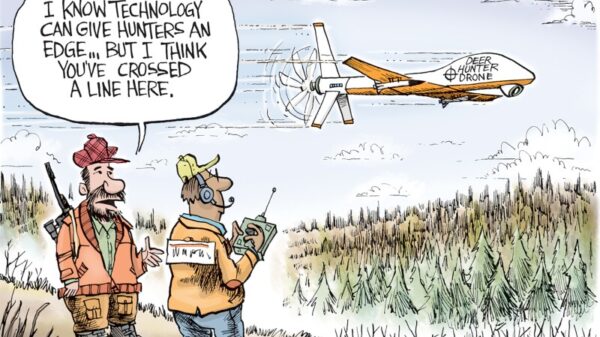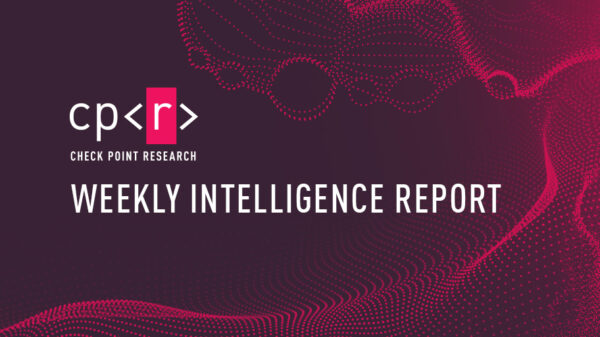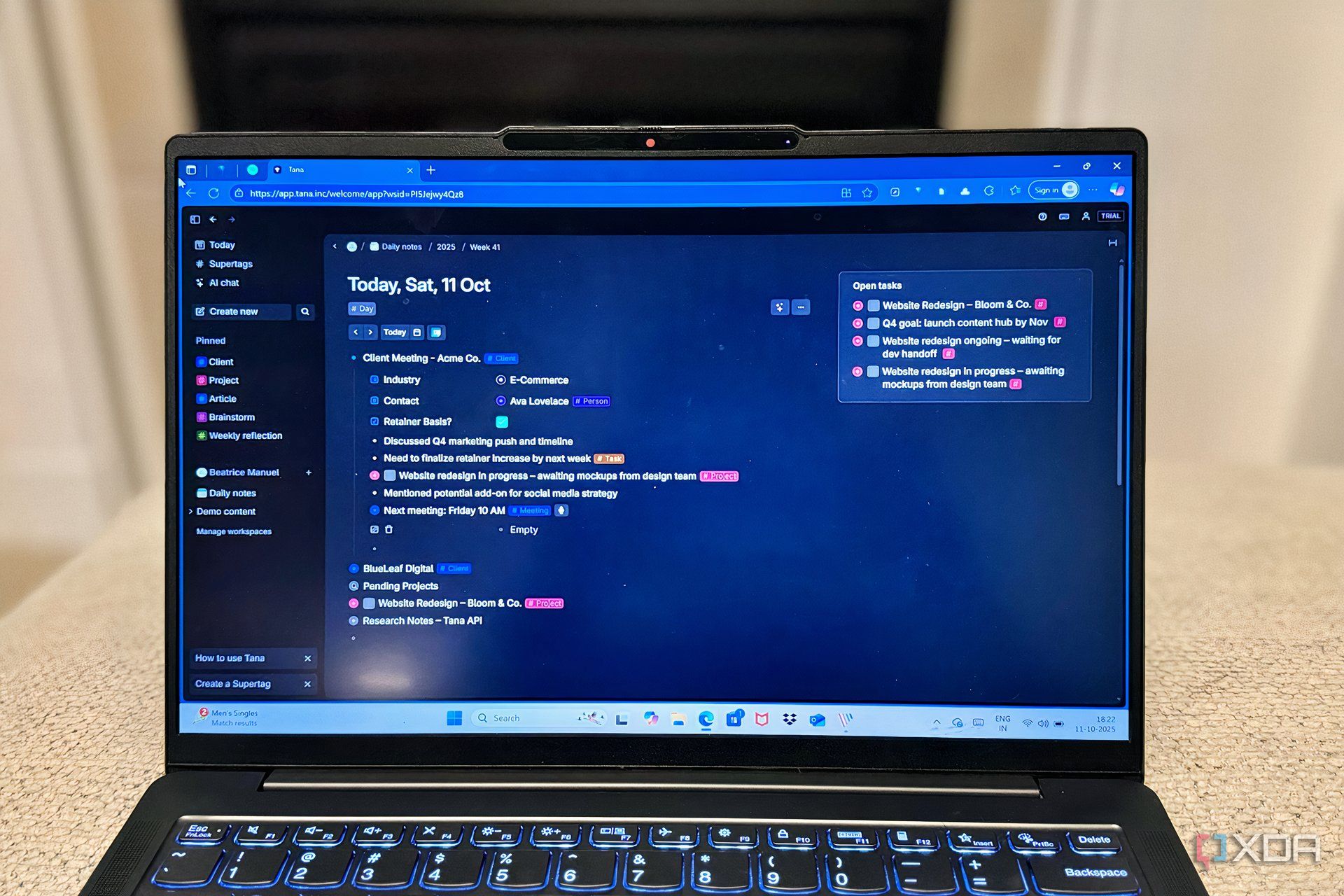Tana has introduced a groundbreaking productivity tool that promises to reshape how knowledge workers manage their tasks and projects. The app’s innovative supertag system allows users to blend the flexibility of freeform note-taking with the structure of traditional databases. This development addresses a long-standing dilemma in productivity software, offering a solution that enhances both creativity and organization.
The Dilemma of Traditional Productivity Tools
For years, professionals have struggled with the limitations of existing productivity applications. Tools like Notion force users to make upfront decisions about database structures, which can stifle creativity. Users often find themselves bogged down in complex setups, leading to abandoned projects and lost ideas. Conversely, applications like Obsidian offer freedom in note-taking but lack the organizational structure necessary to connect information effectively.
Tana’s approach dissolves this tradeoff. By allowing users to write freely in an outline format and add metadata only when necessary, Tana enhances productivity without imposing a rigid framework. This system creates a more natural workflow, reflecting how people think and process information.
Transforming Client Workflows with Supertags
The impact of Tana’s supertags is particularly evident in client management. For instance, a consultant managing multiple clients can create a #client supertag that includes relevant fields such as industry, retainer amount, and project status. During client calls, notes can be taken quickly without disrupting the flow of conversation. By tagging notes with #client, users can easily access all relevant information related to a specific client without navigating through complex databases.
The application allows for seamless project management as well. When planning a client project, users can create a single outline node and tag various elements as needed. This flexibility means that project details become searchable and organized without the upfront burden of creating a detailed system. The ability to add new fields, such as priority or budget, enhances the project planning process without requiring users to duplicate efforts.
Enhancing Learning Through Contextualized Spaced Repetition
Tana’s supertag system also offers a unique solution for spaced repetition learning. Traditional apps like Anki require users to commit to memorizing information before creating flashcards, often leading to lost insights. In contrast, Tana allows users to tag key concepts with a #learn supertag while taking notes. This enables the information to remain within its original context, all while facilitating a spaced repetition schedule.
By creating a simple search function to retrieve all #learn items due for review, users can effectively integrate learning into their daily workflows. This innovative approach eliminates the need for exporting, syncing, or duplicate entries, allowing knowledge to be both captured and systematized in one place.
A Shift in the Future of Productivity Software
Tana’s innovative system signals a significant shift in the landscape of productivity tools. The future will likely see more applications blending the flexibility of outliners with the structure of databases. As knowledge workers increasingly seek solutions that adapt to their workflows rather than enforce rigid structures, Tana’s model offers a compelling vision.
Traditional database applications like Airtable and Notion may need to evolve to incorporate this “write first, structure later” philosophy. The friction of pre-defining schemas can hinder the natural flow of ideas, a reality that many knowledge workers face. Meanwhile, tools focused on pure Markdown will be pressured to integrate structured data support akin to what Tana achieves with its supertags.
In conclusion, Tana’s supertag system is more than just a new feature; it represents a paradigm shift in how productivity software can function. By harmonizing flexibility and structure, Tana opens up new possibilities for effective knowledge management, allowing users to capture, organize, and learn from their ideas dynamically.






































































